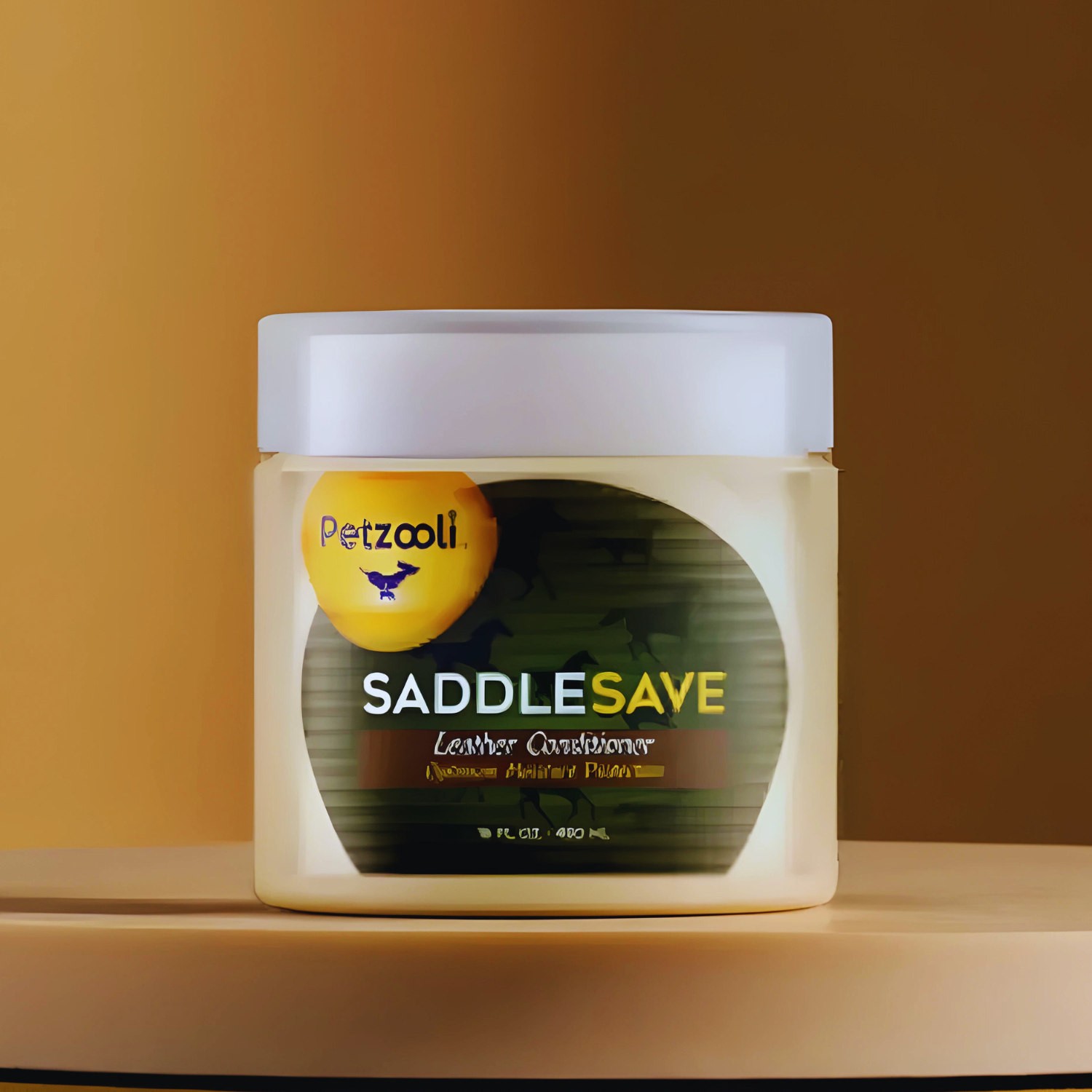Equestrian enthusiasts know the importance of maintaining their horse tack in optimal condition. With **rust** being a common issue, many find themselves searching for solutions to keep their equipment in pristine shape. In this article, we will delve into the effective methods and terrific technology approved to help you learn how to get rust off horse tack.
Horse tack is essential for both the riders and the horse’s comfort and safety. However, constant exposure to the elements can cause rust, making it crucial to address this issue promptly. In the following sections, well guide you through practical tips and techniques designed to ensure your horse tack remains rust-free.

What Causes Rust on Horse Tack?
Before we dive into the methods of rust removal, its vital to understand what causes rust to form on horse tack. Rust is the result of a chemical reaction between iron, oxygen, and water. When metal parts of your tack, such as buckles or bits, come into contact with moisture, they begin to oxidize and develop rust.
Importance of Tack Maintenance
Proper maintenance not only prolongs the life of your horse tack but also ensures the safety of both the horse and the rider. Rusty tack can be a serious hazard, as it may lead to breakage during use, risking injury. Regular upkeep will save you money in the long run by preventing the need for frequent replacements.

DIY Rust Removal Methods
1. White Vinegar Solution
One of the most effective and budget-friendly rust removal methods involves white vinegar. The acetic acid in vinegar reacts with rust, breaking it down and making it easier to remove. To use this method, soak the rusty parts of your tack in white vinegar for at least a few hours or overnight. After soaking, scrub the rust away with a wire brush or aluminum foil.
2. Baking Soda Paste
Baking soda is another household item that can be utilized to combat rust. Create a paste by mixing baking soda with water until it reaches a thick consistency. Apply the paste to the rusted areas and let it sit for at least 30 minutes. Use a brush or cloth to scrub away the rust, then rinse with water and dry thoroughly.
3. Lemon and Salt
The citric acid in lemon combined with the abrasiveness of salt creates a powerful rust remover. Sprinkle salt over the rusted area, then squeeze lemon juice onto it. Allow the mixture to sit for a few hours before scrubbing away the rust with a brush.

Advanced Rust Removal Techniques
4. Commercial Rust Removers
If you are dealing with stubborn rust, consider investing in a commercial rust remover. These products are specifically designed to dissolve rust quickly and efficiently. Follow the manufacturers instructions closely and ensure you are using the product in a well-ventilated area.
5. Electrolysis Method
Electrolysis is a scientific approach to rust removal that involves using an electrical current to reverse the rusting process. This method requires setting up a basic electrolytic cell with a power source, a container of electrolyte solution (usually water mixed with baking soda), and electrodes. While this technique is highly effective, it may require some technical knowledge and safety precautions.
Preventive Measures to Avoid Rust
6. Proper Storage
One of the simplest ways to prevent rust from forming on your tack is to store it properly. Keep metal parts dry and clean at all times. Store your tack in a cool, dry place and use covers or bags to protect it from moisture.
7. Regular Cleaning Routine
Implement a consistent cleaning routine for your tack. Wipe down metal parts after each use and ensure they are thoroughly dried. Apply a light coat of oil to metal surfaces to create a protective barrier against moisture.
8. Use of Rust Inhibitors
Rust inhibitors are products specifically designed to prevent rust formation. These can be applied to metal surfaces after cleaning to protect against oxidation. Look for rust inhibitors that are safe for use on horse tack and follow the application instructions for the best results.
Caring for Non-Metal Tack Components
Leather Maintenance
While rust primarily affects metal parts, it is essential to maintain other components of your tack, such as leather. Use specialized leather cleaners and conditioners to keep leather parts supple and prevent cracking or deterioration.
Synthetic Material Care
Synthetic tack is generally less prone to rust; however, it still requires regular cleaning and maintenance. Follow the manufacturers guidelines for cleaning synthetic tack and store it properly to ensure its longevity.
Conclusion
By following these terrific technology approved methods, you can effectively get rust off your horse tack and maintain it in excellent condition. Regular maintenance and proper care are crucial to extending the lifespan of your tack and ensuring the safety of both you and your horse. For more information on horse tack, cleaning moldy tack, or leading a horse, visit these helpful resources. For an extensive overview of tack, check out this detailed article.
FAQs
1. How often should I clean my horse tack to prevent rust?
You should clean your horse tack after every use to prevent rust. Regular maintenance will help avoid the build-up of moisture and dirt that contributes to rust formation.
2. Can I use household items to remove rust from horse tack?
Yes, household items such as white vinegar, baking soda, and lemon can be effective in removing rust from horse tack. These methods are often budget-friendly and readily accessible.
3. What should I do if my horse tack has severe rust?
If your horse tack has severe rust, consider using a commercial rust remover or the electrolysis method for more efficient and thorough rust removal.
As an Amazon Associate, I earn from qualifying purchases.
